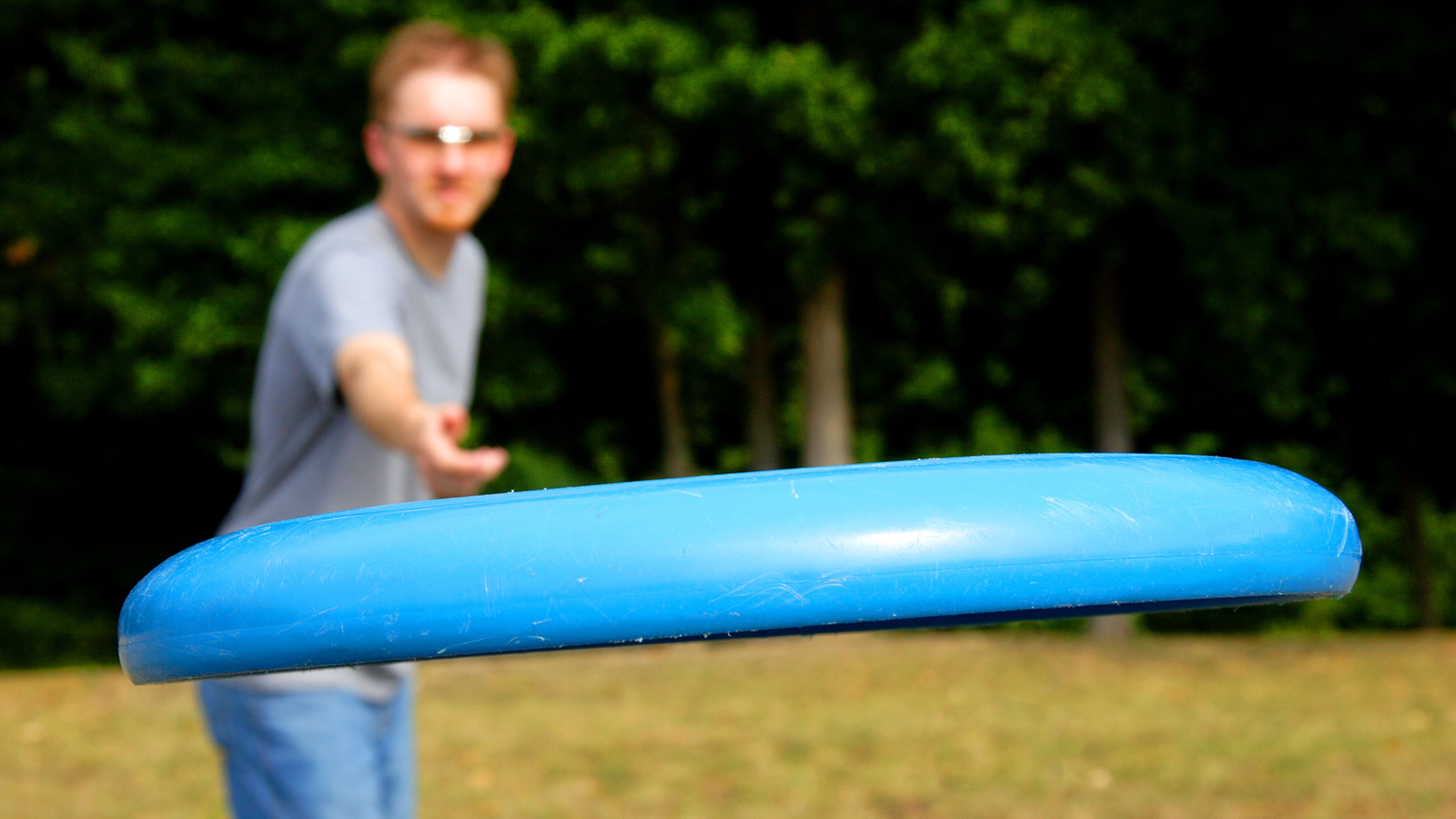Stay Up to Date
Submit your email address to receive the latest industry and Aerospace America news.
Imagine that a right-handed person throws a Frisbee in the Northern Hemisphere. This person travels to the equivalent latitude and longitude in the Southern Hemisphere and throws the Frisbee exactly the same way. Assume that the wind speed is zero and that the atmospheric conditions are identical. Will the flight of the Frisbee differ? If so, how and why?
Email your response to: [email protected]
ABOUT THE AEROPUZZLER
Your task is to boil down a complex topic into a maximum of 250 words that anyone could understand (without equations or drawings). Email your response for a chance to have it published in the next issue.
TIME MACHINE
In September’s issue, we asked whether the James Webb Space Telescope, which will look back in time in infrared wavelengths, could detect energy and particles that eventually coalesced into the sun, Earth and its 7.6 billion human inhabitants.
We asked Nobel laureate John Mather, who leads the Webb telescope science team, to help us review your responses. Here is the winner:
A: Whenever we use a telescope, in a literal sense we “look back in time.” Since the light we see travels at a finite speed, we see things as they were when the light was emitted, not as they are “now.” So, if the light that the Webb telescope gathers has travelled for billions of years, we see things as they were billions of years ago.
Nevertheless, the Webb telescope cannot “detect energy and particles that eventually coalesced into the sun, Earth, and its inhabitants.” The Webb telescope looks into the past –— but not into our past, but the past moments of places far distant. Although the light originated billions of years before the Earth was formed, it is just arriving at Earth now, and since nothing travels faster than light, we are looking at parts of the universe that have not arrived at, or affected, the Earth.
Since the universe is relatively uniform, though, we know that what we see of distant places must also tell us about our own distant past. When we observe the earliest galaxies, and the formation of the very first stars that coalesced out of the chaos of the Big Bang, we see what our own past was like. When we observe the infrared light from planetesimals accreting from disks of dust surrounding newly formed stars, we see what must have happened as planets formed around our own sun. So, in a real sense, yes: in a distant mirror, we indeed see our own origins.
Geoffrey A. Landis
AIAA associate fellow
Cleveland
Related Posts
Stay Up to Date
Submit your email address to receive the latest industry and Aerospace America news.




